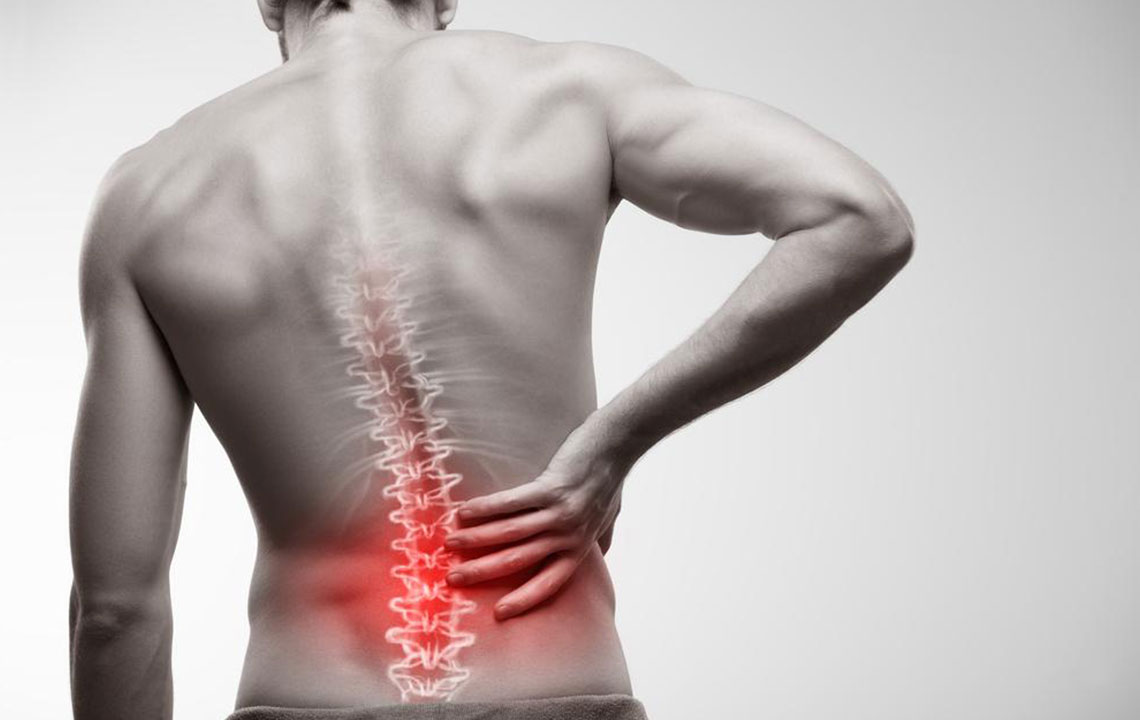Non-Surgical Treatment Options to Ensure Chronic Back Pain Relief

If you are suffering from back pain for three months or longer, it is termed as chronic. You may have pain at times, while at other times, you may not experience any pain thereby enjoying temporary relief; this would be followed by frustration when the pain comes back again. These things happen when you suffer from chronic back pain. It is quite trying a situation especially if you do not know the reason for the pain.
Causes
Common causes of chronic back pain include:
– Spinal stenosis
– Spinal stenosis
– Myofascial pain syndrome
– Disc problems like bulging or herniated disc
Before you opt for surgical procedures to get chronic back pain relief, you must opt for the non-surgical ones to see how it helps you.
Nonsurgical treatments for chronic back pain relief include:
Physical therapy
Exercising is believed to be the first line of treatment in getting chronic back pain relief. You must go about the same only under the guidance of your physician and spine physical therapist. It is to be noted that the same set of exercise does not work for everybody. Thus, the same has to be tailor-made as per your specific condition and symptoms. This is the main reason why you should see a professional physician or physical therapist. It is important to continue with the exercise schedule at your house as well to accelerate relief from back pain.
Physical therapies for a patient suffering from chronic back pain include:
– Testing the limit of pain threshold
– Retraining the posture
– Aerobic exercises
– Flexibility and stretching exercises
– Core strengthening
Meditation and mindfulness
Chronic back pain is straining emotionally as much as it is physically. To manage the depression, irritability, frustration, and other psychological issues of people dealing with chronic pain, they may be referred to a rehabilitation psychologist. The patient would be counseled to practice tai chi, yoga, and other types of relaxation and cognitive strategies to keep the mind away from focusing on pain, thereby getting chronic back pain relief.
Diet
There are certain foods which are highly inflammatory like those high in transfats, processed foods, and refined sugars. Ensure to consult your doctor to find out if your food habit is the reason behind the chronic back pain or whether it is contributing to a certain extent for the anguish. Ask your doctor what changes you need to make to lessen the pain. It is important to maintain the ideal weight to help get chronic back pain relief by lessening the pressure on the spine.
Lifestyle modifications
Patients with chronic back pain would do better if they learn to accept and adapt to the situation. Listen to your body, adhere to its calling, and take the step forward accordingly. You can start by making several trips to the supermarket if you need to carry too much groceries or household items. Take a break in between while mowing the lawn. Try to pinpoint the activities that cause you pain and try to avoid those as much as possible. All these little changes would not only help you get chronic back pain relief but can prevent any underlying condition from worsening. Another important lifestyle change that you need to make if you smoke is to quit smoking. Nicotine is known to heighten pain as well as delay healing.
Injection-based treatments
For people suffering from chronic back pain, there are some injection-based procedures available like epidural steroid injections, nerve blocks, nerve ablations, etc. The injection-based treatments are administered when the cause of the pain is known. It also helps to rule out certain causes if the treatment failed to show the desired result. It is to be noted that injections may lessen or stop the pain for a certain amount of time. However, it would not provide any long-term solution and must not be used in isolation.
Alternative treatments for chronic back pain relief
You can go for alternative treatments like laser therapy, biofeedback therapy, massage, acupuncture, electrical nerve stimulation, and a few other nonsurgical spine treatments to get chronic back pain relief. Talk to your doctor for suggestions about the alternative treatments best suited for your condition.
Pharmacologic treatments
Muscle relaxants, anti-inflammatory drugs, analgesics, etc. can be taken to get chronic back pain relief. However, most of these medicines also have to offer unwanted side-effects. Thus, these are not meant to be used for a long time. Medications like opioid should not be the first to be suggested to a patient. Moreover, it should not also be the only and long-term line of chronic back pain treatment. Most of these are additive and hardly address the real cause of the pain. This medicine should only be prescribed when the doctor finds that there is no other treatment or medicines that can help you with the pain. You must be wary and seek a second opinion if you find yourself not able to make through the day without any pain relief medicine.


